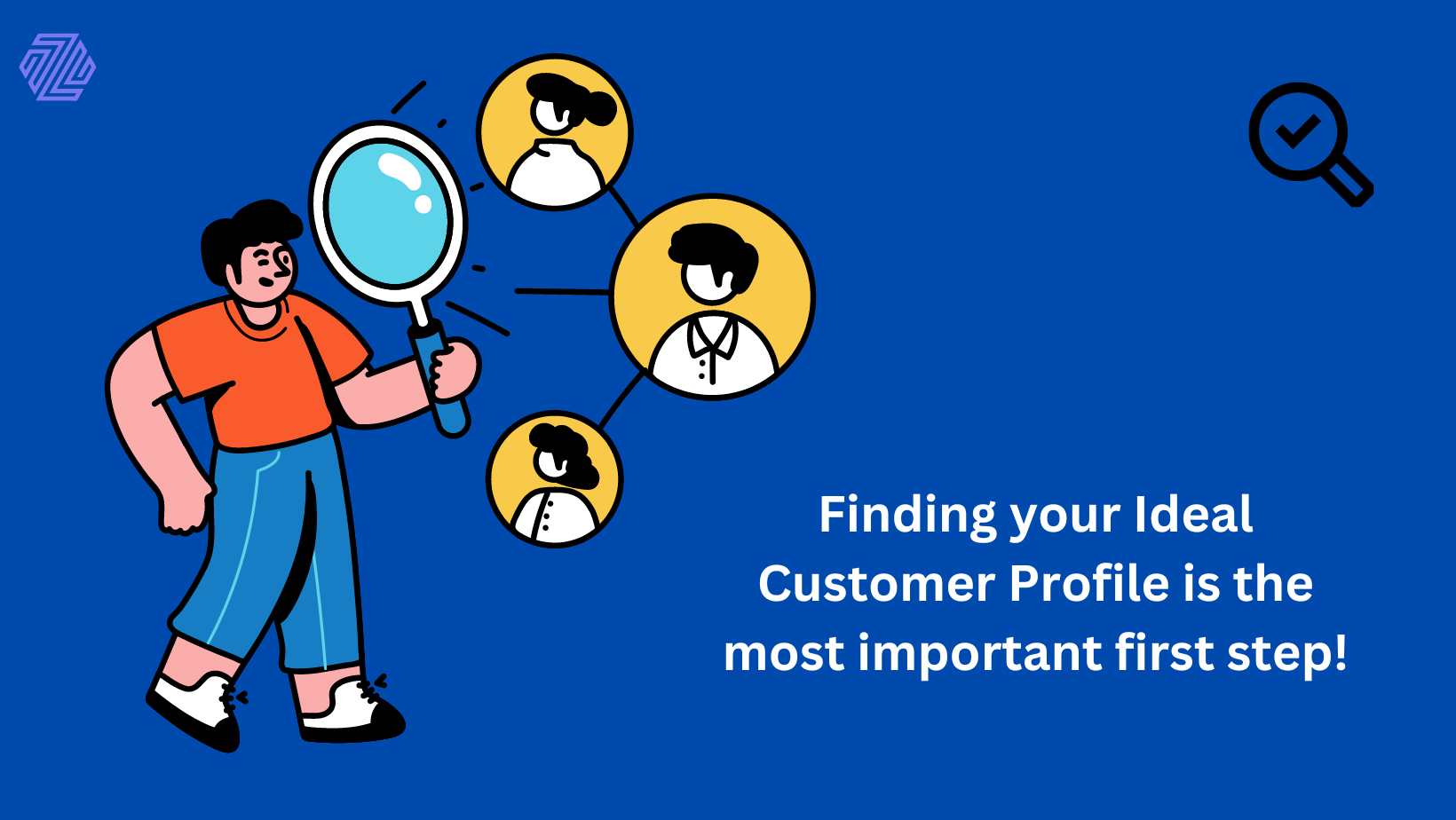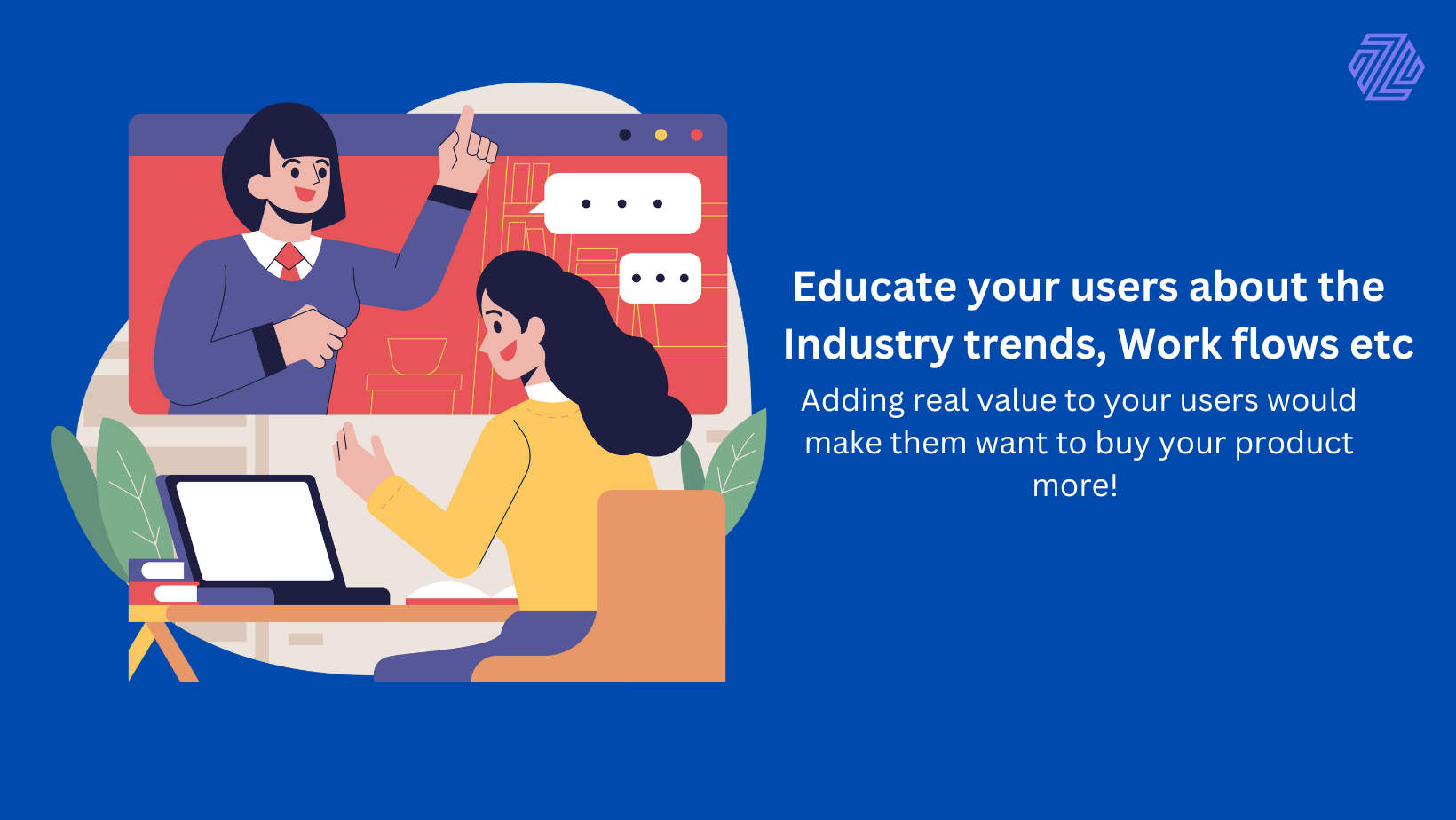Building Trust in Cold Emails
Cold emailing is one of the most scalable types of sales strategy!
Before understanding what Cold emailing is all about, let’s see if it actually works.
Do you still get emails from the most random people whom you haven’t met, yet they’re offering their product?
They’re investing their time and resources so much because it’s working for them.
Although you’re not interested in buying their product because of some reasons and ignore it.
You realize it is something people in your industry use it when they talk about it.
This is the time you feel like you’ve heard it somewhere and try and check it out or even sign-up.
So, the moral of the story is you signed up because you trust your fellow industry people’s words.
But what if you convince your prospect/lead to trust with just emails?
Cold email is the art of winning the trust of a total stranger through emails. If done rightly, can get you more returns than any other means.
Getting Good at Building Trust in Cold Emails
1. Creating an Email Subject that’s Hard to Ignore
The first challenge in cold email outreach is getting the recipient to open your email. Your email’s subject line is like a door to what’s inside. To make it really interesting, keep these things in mind:
• Relevance: Talk about a problem or something your ideal customer would be interested in. This makes them want to open the email.
• Curiosity: Ask a question that makes them think or hint at a solution to their problem. Curious people are likely to open the email.
• Personal Touch: Use their name or company name to show that the email is specially for them.

2. Knowing Who Your Ideal Customer Is
To do cold emailing well, you need to know who your ideal customer is. Learn about their industry, the problems they face, what they want to achieve, and what troubles them. The more you know, the better you can write emails that matter to them.
Learn more about how you can find your Ideal customer here.

3. Writing Emails that Make People Trust You
The real trust-building happens in the main part of your email. Here’s how you can make content that they like:
• Understanding: Show that you really get what problems they’re dealing with. Prove that you’ve learned about them.
• Value: Explain how your product or service can help them. Tell them how it solves their problems or helps them succeed.
• Proof from Others: Share stories of others who benefited from your product. When they see that others got results, they’ll trust you more.
• Problem-Solution: Talk about a problem they might have and offer a solution. This makes you look like someone who can solve issues, not just sell things
4. Proving You’re Reliable
Showing that you know your stuff and can be trusted is important. Share facts, numbers, or a little about your experience to show you’re an expert.
5. Clear Next Step
End your email with a clear next step. Tell them what you want them to do – like booking a call, downloading something, or whatever you need them to do.
6. Personalize Your Approach
People are more likely to trust emails that feel personalized. Use the recipient’s name and reference something specific about their company or industry. This shows that you’ve put in effort to understand them individually.
7. Keep it Concise and Relevant
Long emails can be overwhelming. Keep your message concise and directly related to the recipient’s needs. A focused email demonstrates that you value their time and understand their challenges.
8. Use Social Media Presence
Include links to your social media profiles or a relevant blog post. This allows recipients to verify your credibility and see that you’re active in the industry.
9. Provide Value Upfront
Offer something valuable before asking for anything in return. This could be a helpful resource, a quick tip related to their industry, or a link to an insightful article. This approach showcases your willingness to contribute without expecting an immediate purchase.
10. Highlight Common Connections
If you have mutual connections, mention them in your email. Shared acquaintances can create a sense of familiarity and trust. People are often more receptive to messages from those connected to their network.
11. Follow Up Persistently and Respectfully
Sometimes, building trust requires patience. Follow up on your initial email with a series of polite and considerate follow-ups. This persistence demonstrates your genuine interest in helping them and can gradually build trust over time. This can easily be done with Email Sequencing.
12. Transparency and Honesty
Be transparent about who you are, your company, and what you’re offering. Avoid exaggerated claims or false promises. Honesty builds credibility and sets the foundation for trust.

13. Use Real Photos and Signatures
Include a real photo of yourself and a personal signature at the end of your email. This humanizes your communication and makes it feel more genuine and trustworthy.
14. Offer Free Trials or Demos
Provide the option for a free trial or demo. This allows the recipient to experience your product or service without committing, fostering trust in your offer’s quality.
15. A/B Test and Optimize
Constantly refine your cold email strategy by A/B testing different subject lines, content approaches, and CTAs. Optimization demonstrates your commitment to effective communication and engagement.
16. Respect Unsubscribes
If someone asks to be removed from your email list, honor their request promptly. Respecting their choice shows that you value their preferences and are not looking to push unwanted communication.
17. Share Educational Content
Send valuable educational content, such as industry insights, trends, or helpful guides. This positions you as a knowledgeable resource, building trust over time as recipients find your content beneficial.

18. Leverage Mutual Connections
If you have a common acquaintance or have interacted on social media, mention it. A familiar connection can break down initial barriers and make your email more trustworthy.
19. Use Trust Symbols
Include logos of well-known clients or partners to showcase your association with reputable organizations. Trust symbols can influence recipients’ perception of your credibility.
20. Include Contact Information
Make sure your contact information is readily accessible. This adds a layer of transparency, as recipients can easily reach out if they have questions or concerns.
To sum up, cold emailing can build trust and get great results if you do it right. Remember that trust takes time, consistency, and a real desire to help them. By getting good at creating interesting subject lines, understanding your ideal customer, and writing emails they trust, you can turn cold leads into warm prospects and build strong business relationships.

